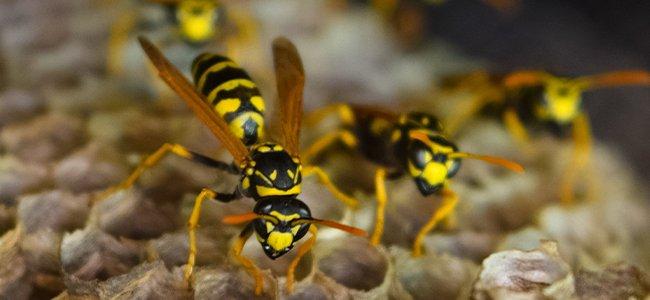
How To Keep Wasps Away From Your Washington D.C. Yard
08/23/2021
Stinging insects are extremely dangerous pests here in Washington D.C. For aggressive varieties such as wasps, home and business owners find themse...
READ MORE >
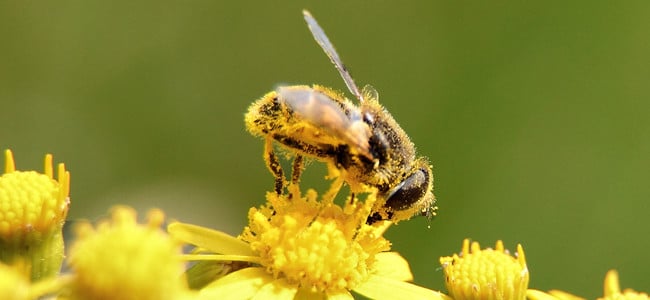
While altogether rare, discovering a honeybee hive in the wall of a home or garage causes many homeowners to panic and immediately look for a way to eliminate them. We understand that you don’t want children playing near a hive and that you don’t want it anywhere near your home. However, bee populations all over the world have been declining and it's a big problem. We want to help you find a solution that helps everyone—including beneficial pollinators like the honey bee.
Bees are pollinators that are needed for the reproduction of plants and more than two thirds of the world’s food crops. In fact, 1 in 3 bites of food we eat is made possible by pollinators, and their declining population is putting this at risk. A healthy pollinator population will improve the quality, quantity, and size of fruits. Restoring the population will also increase crop production as well as food sources for many other wildlife species. You can help save the bees and keep your home safe!
If you want to help bring back the bees, ask your pest control expert for their recommendation for a safe removal for your family and the bees. In fact, your pest control expert may have a beekeeper that they recommend in effort of relocating bee colonies. You could also place deterrents around your home that won’t kill beneficial pollinators but will decrease the chances of them invading your home. Some deterrents include peppermint and cinnamon that you could place around areas the bees frequent. You can prevent the likelihood of unwanted beehives by reducing outdoor clutter and removing old nests when they are no longer active—but always get a professional opinion before you begin.
You can establish bee-loving perennials (those that are native to your area) and place them in areas away from the home to attract and help pollinators. For example, you could plant daisies, sunflowers, or bee balm near the road or away from areas where children play.
Many companies are providing free plant seeds, however, be sure to check and make sure that these plants are native to the area! Planting an invasive species of plant could cause its own problem. The Pollinator Partnership provides a site that allows you to put in a zip code and take you to a guide that lists plants you can use in your area. Different plants will attract different pollinators and you could even add some to your yard that attracts butterflies. Maryland and Virginia residents will be directed to the southeast mixed forest guide with plants that include the Eastern Bluestar, Hairy Sunflowers, and Passion Flowers.
For more assistance with bees or other types of stinging insects contact American Pest. If you would like more information about saving the bees and other pollinators visit pollinator.org for guides, tips, and more!

08/23/2021
Stinging insects are extremely dangerous pests here in Washington D.C. For aggressive varieties such as wasps, home and business owners find themse...
READ MORE >
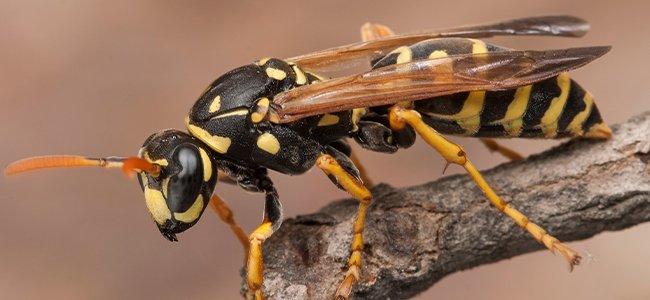
06/27/2021
Some pests are so harmless that you almost feel bad for getting rid of them. Wasps, on the other hand, only cause relief when they’re gone. S...
READ MORE >
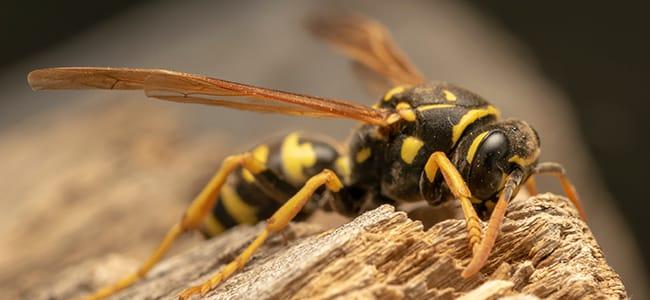
04/09/2021
Keeping your yard a safe and pleasant place to spend time, free of wasps and hornets, doesn’t just happen by itself. It takes thought and act...
READ MORE >
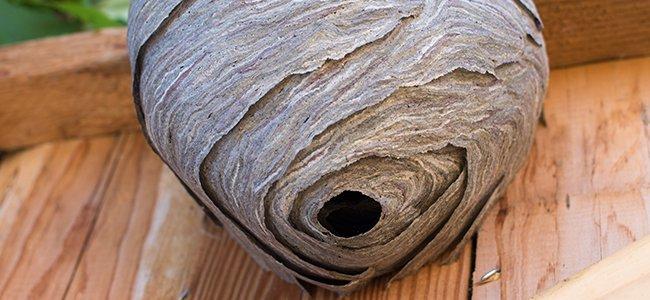
09/30/2020
Spending time in your Maryland yard is one of the best things about living here. Whether you’ve created a backyard oasis or enjoy rocking on ...
READ MORE >

Protect your home and family from nuisance and potentially damaging pests with a Preferred Care home pest control plan. Starting at $49/month

Don't let the bed bugs bite a second longer. Contact American Pest for the most comprehensive bed bug control in the industry. Learn More

Our certified rodent control pros will put an end to your frustration by getting rid of rats and mice inside your home. Learn More

Say goodbye to wood-destroying termites in your home when you contact American Pest for expert termite control. Learn More

Trust American Pest to deliver professional backyard tick control services that are guaranteed to get results. Learn More

Don't spend the warm-weather season indoors, find out how American Pest's professional treatments get rid of mosquitoes. Learn More
Fill out the form and recieve feedback in less than 5 minutes. For immediate service please call.